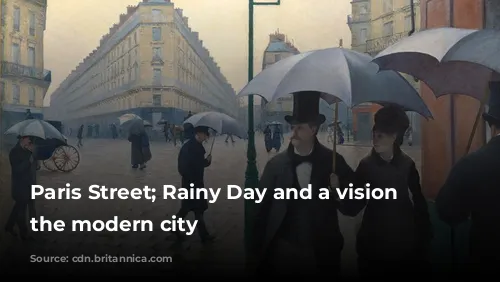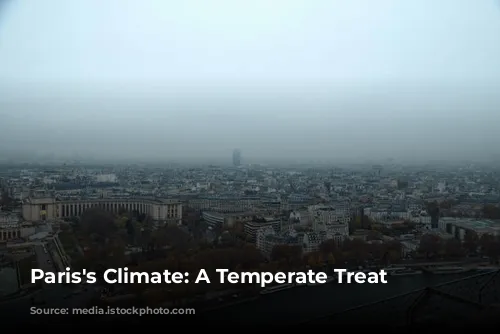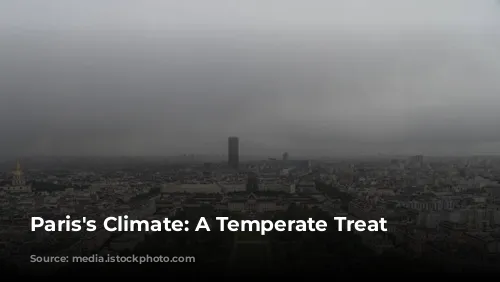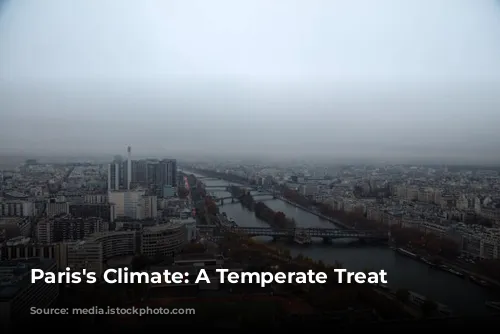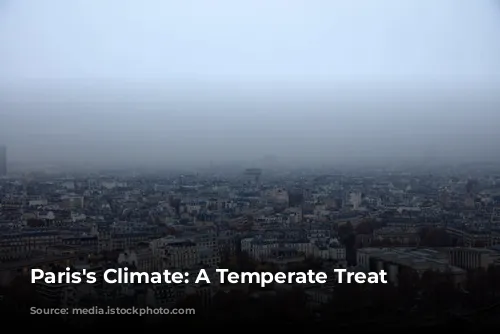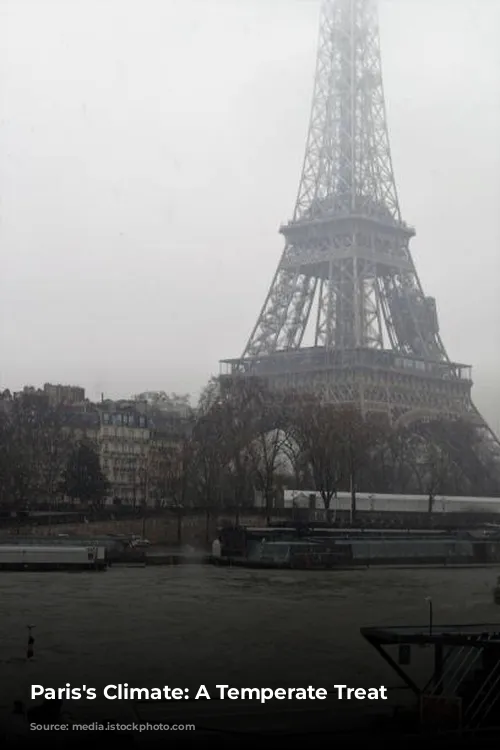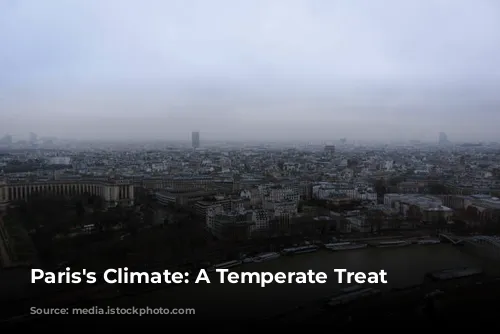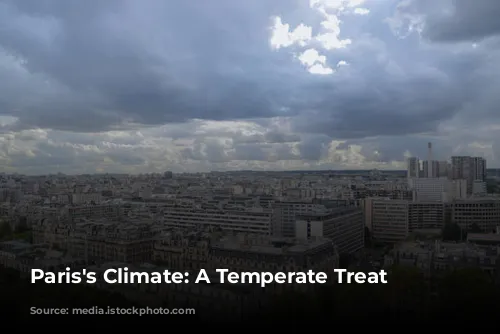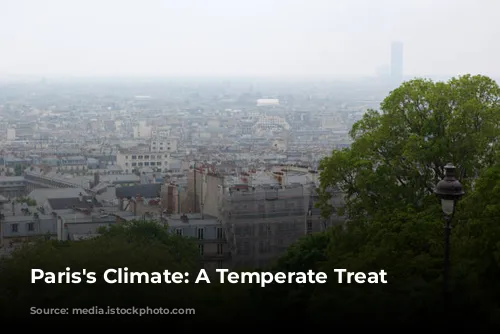Imagine a city bathed in the warm embrace of the Gulf Stream, nestled in a pleasant plain close to the sparkling sea. That’s Paris for you! This charming city enjoys a temperate climate, a delightful mix of mildness and occasional whimsy.
While Paris is generally pleasant, its weather can be quite fickle, especially during the winter and spring months. A brisk wind can blow in from the north, giving you a taste of cooler temperatures. But don’t fret! The average temperature hovers around a comfortable 12°C throughout the year. Summers in Paris are a delight, with average temperatures reaching a warm 19°C in July. Even in the coldest month, January, the average temperature is a manageable 3°C.
Paris does experience freezing temperatures for about a month each year, and snow graces the city on about half of those days. The city’s residents take pride in keeping the air clean and the tap water safe to drink. Paris, with its blend of gentle warmth and occasional chilly breezes, truly is a city with a heart of gold.
A City Built On Walls: From Ancient Defenses to Modern Boulevards
From its humble beginnings on the Île de la Cité, Paris has grown and expanded like a living organism, each stage of its growth marked by the construction of protective walls.
The earliest walls were built by the Romans, who established a town on the Left Bank. However, barbarian raids in the 3rd century CE forced them to relocate their defenses to the Île de la Cité. Over the centuries, these defensive walls were rebuilt and reinforced to protect the city from invaders.
Fast forward to the 12th and 13th centuries, when King Philip II constructed a new wall, uniting the settlements on both banks of the Seine under a single protective shield. This wall stood as a symbol of the city’s growing strength and influence.
During the 14th century, King Charles V extended the city’s fortifications, adding the Bastille fortress to the east and the Louvre fortress to the west. These formidable strongholds served as symbols of the city’s power and its commitment to defense.
In the 17th century, Louis XIV decided to replace the old walls with a series of tree-lined boulevards. This change reflected a shift in priorities – from defense to beauty and grandeur. The Grands Boulevards, with their elegant arches and tree-lined walkways, became a symbol of Paris’s new era of prosperity and cultural refinement.
As Paris continued to grow in the 18th and 19th centuries, the city’s walls were modified and expanded. In the 19th century, Baron Haussmann took on the ambitious task of transforming Paris into a modern metropolis. He demolished the old walls and replaced them with wide, straight boulevards that cut through the heart of the city, creating a grand and airy layout.
Today, the Grands Boulevards are a testament to Paris’s transformation, a vibrant and expansive thoroughfare that reflects the city’s dynamism and enduring appeal.
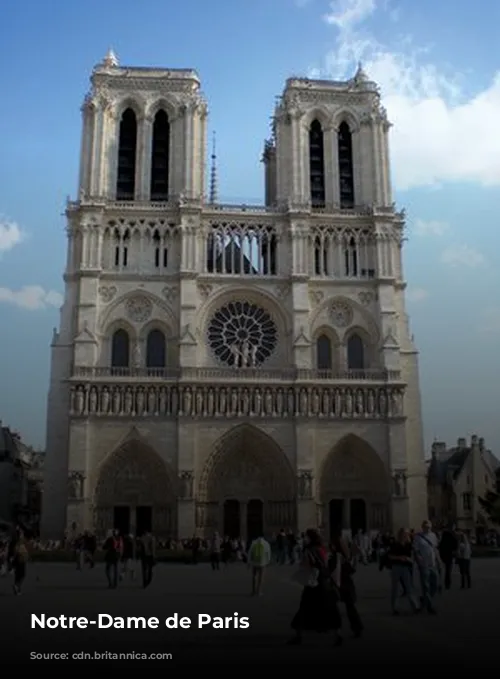
The Heart of Paris: Île de la Cité
The Île de la Cité, a small island shaped like a ship, sits at the very heart of Paris, and its story is intricately woven with the city’s history. This historic island is only about 10 streets long and 5 streets wide, but it packs a punch when it comes to history and significance.
Eight bridges connect the Île de la Cité to the surrounding riverbanks, while a ninth leads to the Île Saint-Louis, a smaller island located to the southeast.
The Pont Neuf, the oldest of the Paris bridges, is a lasting symbol of the city’s resilience and enduring strength. Built between 1578 and 1604, this sturdy bridge stands as a testament to Parisian ingenuity and their ability to overcome challenges.
The Île de la Cité is home to some of Paris’s most iconic landmarks, including the Notre-Dame Cathedral, the Sainte-Chapelle, and the Palace of Justice. These structures tell a fascinating story of Paris’s evolution from a medieval city to a modern metropolis, its history imprinted in stone and its spirit reflected in every corner.
The Île de la Cité, a place of immense historical significance, remains a symbol of Paris’s enduring spirit and its ability to evolve and adapt while preserving its rich heritage.
